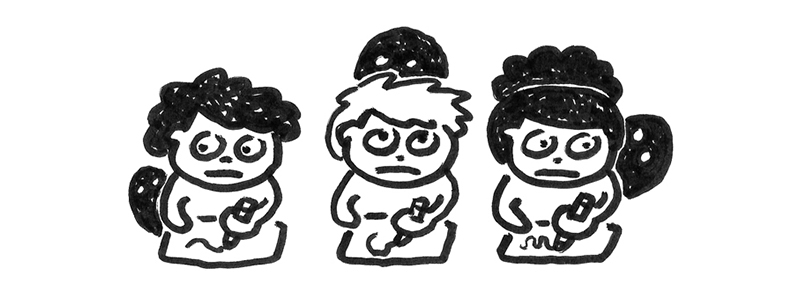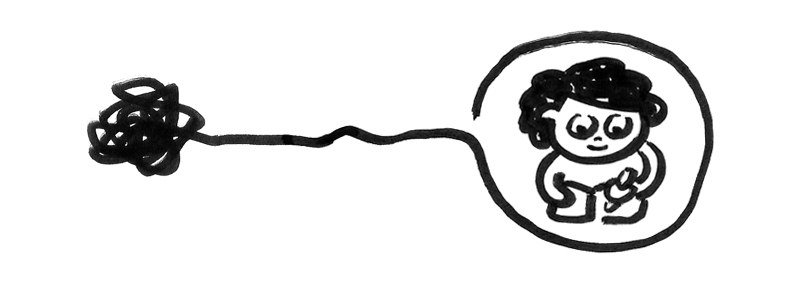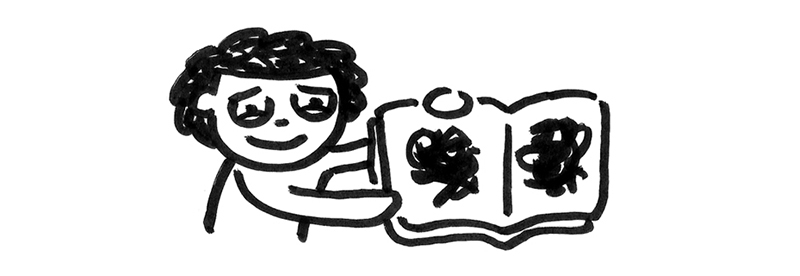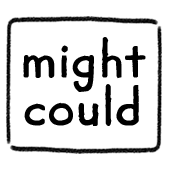
Over the years, through experiences both in art and in daily life, I’ve slowly developed my artistic philosophy, focused primarily on the mental side of making art. I’m most interested in exploring the ways in which the act of making art interacts with our psychological needs and abilities. In other words, I focus on how the way we think and feel affects the way we make art, and vice versa.
One of the biggest mental aspects that affects our art making is our mood at the moment we attempt to make art. As you perhaps can guess, I’ve been on the Black Diamond slope of moods after being pregnant for 9 months and now in week 4 with my first baby.
One obstacle I’ve encountered during these 4 weeks is creative block. I’ve had multiple opportunities to sit down and draw, but when the opportunity comes, my mood gets in the way of creating. I either feel too fatigued with lack of sleep or too overwhelmed with all my new responsibilities or too frazzled from all the massive changes happening to muster the creative effort to draw. It’s like in that moment, all my creative juices seem to have dissipated and I’m left just sitting there staring at the blank pages of my sketchbook, wasting my precious few minutes of creative time. My mood is pushing me into a creative block.

Creative Block as: Character Flaw
Other artists talk and write about creative block a lot. Many famous artists throw out quotes about how you just have to power through your creative block—that it’s all about willpower, that you just have to make yourself sit down and do the work. Some seem to even claim that creative block doesn’t exist, placing all the blame on the artist’s work ethic, portraying creative block as a failure or character flaw and shaming us even deeper into the hole. Case in point:
“I learned to produce whether I wanted to or not. It would be easy to say oh, I have writer’s block, oh, I have to wait for my muse. I don’t. Chain that muse to your desk and get the job done.” — Barbara Kingsolver, writer
I don’t know about you, but when I’m in the middle of a low-mood, low-energy creative block, that advice feels unhelpful and unrealistic to me. I don’t know, maybe they’ve never experienced true creative block. Lucky them.
But for those of us who have, and who do, we don’t need to be shamed into a closet for our struggle, making us just feel worse about ourselves than we did in the first place. We need methods to tackle our blocks when they appear.

Creative Block as: A Message
I haven’t been drawing much during my current creative block, but I’ve done a lot of reflecting on the creative block phenomenon (it’s easy to stare off into space think when you’re nursing for 20 minutes 8-10 times a day). What I’ve realized is that creative block isn’t a character flaw. It isn’t a sign of laziness or lack of willpower or passion. Creative block is a message—it’s trying to tell us that something is wrong.
And that “something wrong” shouldn’t just be ignored or pushed through as most people advise. That message should be heard, acknowledged, and attended to.
Writer’s block is never solved by forcing oneself to “write through it,” because you haven’t solved the problem that caused your unconscious mind to rebel…” ―Orson Scott Card, author of Ender’s Game

Moods + Art Making
When I find it hard to sit down and draw, my creative block is often a reflection of my mood. During blocks, I’m usually feeling grumpy, irritated, anxious, or overwhelmed. You could assume that the creative block is making you feel grumpy, but I think it’s actually the other way around. My grumpiness is giving me creative block.
And feeling grumpy or overwhelmed makes it difficult to dive whole-heartedly into my art. Drawing can help me get out of low moods, but it’s hard to start making art in those moods.
That’s where the creative block comes in. My mind is trying to warn me: “Hey, something feels weird and it’s making it hard to be creative—you should really deal with that”.
So instead of ignoring or attempting to power through the moods I’m in, I’m realizing now that I can use them. I can pay attention to, listen to, even take advantage of the moods I’m in.
Instead of trying to force my mood to fit within the needs of my artmaking, I can allow my artmaking to fit within the needs of my mood.
This shift allows us to meet ourselves where we are right now. It helps us create art that nourishes and propels us forward, rather than wearing down and burning us out. It’s a way to get back into art making when we’re stuck, and it’s a more sustainable way of making art for a lifetime. It’s an acknowledgment that we can’t always be at the top of our game. Sometimes we’re moody, sometimes we have too much going on, sometimes we need to focus on other things, and sometimes we just need to slow down.
“…looking after yourself, taking responsibility for yourself and understanding that it’s complex and hard to be a human, and that it’s all right to be inconsistent and uncertain.” –Emma Thompson, Oscar-winning actress

Matching Your Art to Your Mood
But how do we make that shift? How do we listen to what our creative block is trying to tell us? We first have to realize what kind of mood we’re in, and sometimes that’s the hardest part. It requires self-awareness, self-reflection, and most likely, some alone time (Ha! alone time? What is that?).
But that kind of self-awareness is difficult to cultivate on demand, especially when we’re new to it. Then, once we’ve recognized the mood we’re in, we have the perhaps even harder step of figuring out how to mold our artmaking to fit that mood. How the heck are we supposed to sit down and make art when we feel depressed?
We’re used to thinking about artmaking in terms of willpower and technique, but we often don’t think about our artmaking in terms of our current mental health.


